+86-137-8347-1727
+86-137-8347-1727
Products List
Hot Products
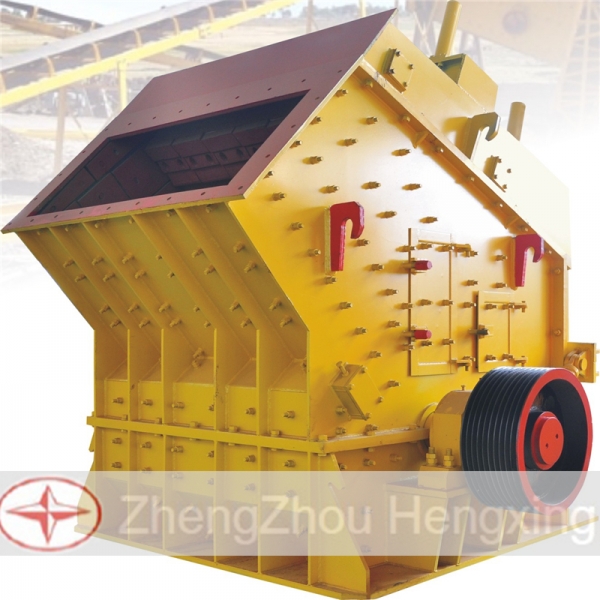
Impact Stone Crusher Feed opening: 820x700-1600x2080mm Feeding size: ≤500mm Application: All kinds of ore crushing, railways, highways, energy, cement, chemicals, construction and other industries. Processible Materials: Side length from 100 to 500 mm below the material,1
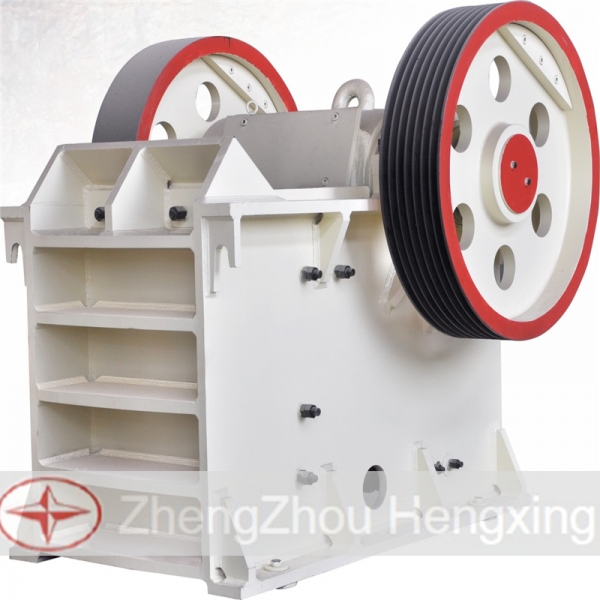
PE Jaw Crusher Feed opening: 150×250-300×1300mm Feeding size: 125-250mm Production: 1-2200 t/h Application: Metallurgy industry, mine industry, chemical industry, cement industry, construction industry, refractory materials industry etc. Processible Materials: lime1
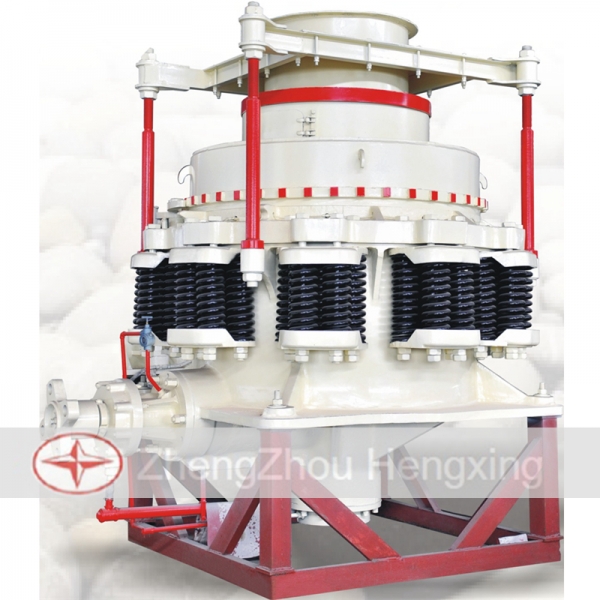
Cone Crusher Cone diameter: 600-2200mm Feeding size: 35-300mm Production: 12-1000t/h Application: Metallurgy, building materials, road construction, chemical and silicate industry. Processible Materials: Barite, marble, calcite, kaoline, coal, gypsum, concrete, r1
SOLUTIONS
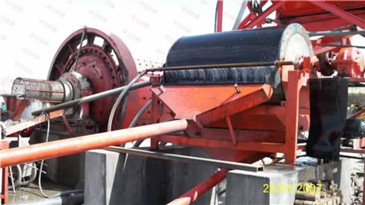
Newly-type magnetic separation process is mainly made up of jaw crusher, ball mill, spiral classifier, magnetic separator, ore concentrator and dryer, partly equipped with mineral feeder, bucket elevator and belt conveyor, etc. This process is remarkable in features of high working efficiency, low energy consumption, large processing capacity and reasonable price, besides, according to your actual demands like finance, site or minerals, we can make customized lines. Generally it adopts two-process crushing, one-process grinding, three-stage low intensity magnetic separation process. That is to say, rough crushing, fine crushing, screening, fine grinding, classifying and three-stage low intensity magnetic separation process. Magnetic Separating Process Flow And Description 1.The raw material first screened big granules away by bar grizzly, is send to the rough crusher by the vibrating feeder, then to the fine crusher. 2. After that, the raw material comes to screen, at this process, the material on the screen(big granules) will go back to the fine crusher for a second crushing. 3. And the material below the screen is acceptable product which can be transferred to the fine ore bin. 4. Under the bin there should be a feeder, the fine ore is send to the ball mill by electro-vibrating feeder. 5. And further, the material goes to the spiral classifier, also the big granules are send back to the mill for a second grinding. 6. The material in the spiral classifier overflows and goes to two-stage low intensity magnetic separation process. 7. Then corss thickening and filter and last step is dry the fine ore powder.
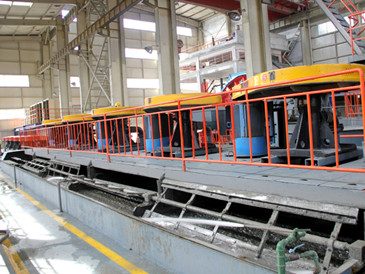
Flotation Separation process is mainly composed of jaw crusher, ball mill, spiral classifier, agitator, flotation machine, ore concentrator , filter and dryer. To form a complete line, mineral feeder, bucket elevator and belt conveyor are required. This line enjoys the features of high working efficiency, low energy consumption, large processing capacity and reasonable price. Processing Flow The flotation machine is the main equipment in mineral dressing plant, for rough selecting, selecting, scavenging, reversing and other mineral dressing work. It's widely used in metal nonmetal, rare metal and other industries. Froth flotation is a process for separating minerals from gangue by taking advantage of differences in their hydrophobicity. Hydrophobicity differences between valuable minerals and waste gangue are increased through the use of surfactants and wetting agents. The selective separation of the minerals makes processing complex (that is, mixed) ores economically feasible. The flotation process is used for the separation of a large range of sulfides, carbonates and oxides prior to further refinement. Phosphates and coal are also processed upgraded by flotation technology. Features Of Flotation Separating Process 1.The flotation machine consumes little amounts of energy while at the same time maintaining a high air-absorption rate capacity. 2. The machine is made up of individual cells which independently form a flotation separation loop without the need for any auxiliary equipment. Each of the cells is located horizontally to facilitate the easy change of flow. 3. They all are designed to carry out the following functions: air absorption, slurry absorption and flotation separation. 4. The mineral slurry circulates at a reasonable rate and the disposition of coarse sand is largely avoided. 5. A self-control device is located on the surface of the mineral slurry facilitating easy adjustment of the level. 6. There are two types of vanes found in the impeller: backward-inclined upper vanes and lower vanes, for upper and lower circulation of mineral slurry.
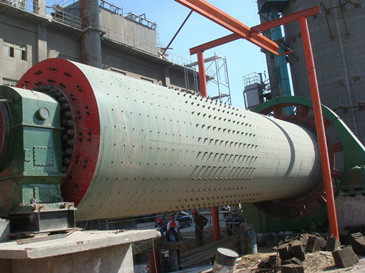
Powder grinding plant can be applied to the power processing of the feldspar, calcite, talc, barite, fluorite, rare earth, marble, ceramics, bauxite, manganese, phosphate rock, red iron oxide, quartz sand, cement clinker, activated carbon, clay, coal gangue, gypsum, silicon carbide, refractory and other humidity less than 6% of the non-flammable, non-explosive mineral materials. The whole structure of our powder making plant or powder making line is mainly composed of ball mill, powder classifier, cyclone dust collector, jaw crusher, bucket elevator machine, hopper, screw conveyor, electromagnetic vibrating feeder and distribution cabinet. Powder Milling Process Flow And Description 1. After being crushed by jaw crusher, the large bulk materials will be sent to the storage hopper through bucket elevator. 2. Then evenly fed into the ball mill to grind by the electro-vibrating feeder. 3. The grinded powder will be brought by bucket elevator to powder classifier. 4. The qualified fineness powers will enters into the large cyclone collector with the air stream and then discharged by the screw conveyor. 5. At last, the powder transferred to final powder silo by bucket elevator.
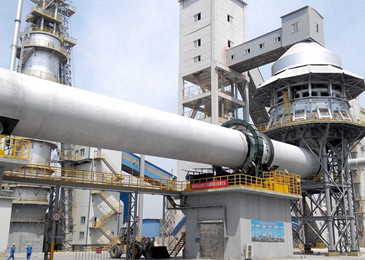
Active lime plant is also called quick lime plant, lime production plant and limestone production line. It is equipped with sophisticated equipment, which has stable and reliable operation. The configured lime kiln not only can process limestone, dolomite, kaolin and cement, but also can be used in refractory material industry, magnesium oxide, alumina, zinc oxide, coke industry, etc. Active Lime Production Line Flow And Description 1. Limestone feeding to PE jaw crusher for primary crushing by vibrating feeder. 2. After primary crushing the limestones then conveyed to PEX jaw crusher for secondary crushing. 3. 10-50mm qualified limestone are fed to screening equipment. After screening, the limestone will be transported to the top silo of preheater by inclined belt conveyor. 4. Limestone are fed from top silo to preheater through feeding chute. At the meantime, the hot air from rotary kiln will preheating the limestone to more than 1000℃ and also can partially decomposed. Preheated limestone are pushed into kiln inlet by hydraulic pusher for calcination. 5. Then discharged into vertical cooler after calcination at rotary kiln. The cooling air blows by fan can cool down the temperature of material to room temperature +60℃ and then discharged out of vertical cooler. 6. At the same time the hot air will flow into cylcone dust collector for primary dust collecting. After bigger size dust are collected, the waste air will flow into bag filter for secondary dust collecting. The emission dust concentration is less than 50mg/m³。 7. After discharging from vertical cooler, active lime will be transported to lime silo by apron conveyor, bucket elevator and belt conveyor.Temperature of hot air from rotary kiln can be reduced to 250℃ after heat exchange with limestone inside the preheater.
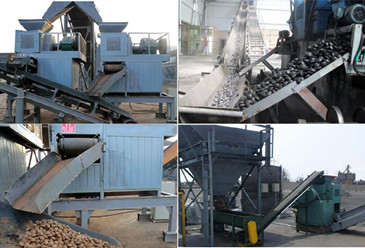
Major equipments: compound crusher, feeder, horizontal mixer, briquetting machine and dryer. Briquettes plant can briquette powdery material that is difficult to take shape. The finished products feature energy saving, environmental protection and easy to carry. At the same time, the products increase waste utilization and achieve huge social and economic benefits. Briquette Production Line Flow And Description 1. Raw coal feeding to combination crusher through conveyor. 2. Crushing raw coal to small particle. 3. Crushed particle through screen, if the particle cannot meet the size will back for crushing again. 4. Conveyor feeding particle materials which meet size to batching machine. 5. After does by batching machine materials will be convey to double shaft mix. 6. After mixing materials will feeding by box feeder to briquettes. 7. Briquette machine press powder to different shape according to mould. 8. Then drying these briquettes, you can get the final products.
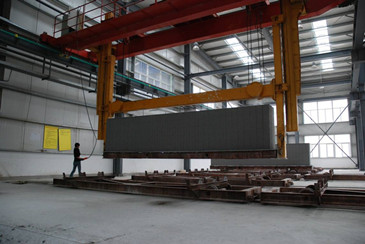
AAC Blocks (Autoclaved Aerated Concrete Blocks) also known as Autoclaved Cellular Concrete(ACC), autoclaved lightweight concrete(ALC) is a lightweight, precast, foam concrete building material which provides blocks structure, insulation, fire and mold resistance. It can be used for commercial, industrial and residential construction. AAC Blocks are produced by using the common materials like sand, lime, cement and water, and a small amount of rising agent (Foaming agent). After mixing and molding, the blocks are sent into the autoclave, after steam curing, we get unique lightweight AAC Blocks. AAC Block Making Production Line Flow And Description 1. Crushing lime to smaller size. 2. Griding the small lime to powder. 3. Dose and match measured raw materials. 4. After distributing, pour and mix these materials in the mixer to make slurry. 5. Through thoroughly mixing, the slurry is poured to mould. 6. After pre-curing under a certain temperture and time, the block would reach a certain hardness prepare for cutting. 7. Tilting hoister would turn over 90 degree of mould, then open the mould and separate it from block, and take the block woth side plate to cutting cart. 8. Concrete blank then be cut on the cutting machine in six sides, the blocks be cut through the cutter firstly of two vertical sides of block. 9. Secondly the horizontal cutting, finally the vertical cutting. 10. After cutting, the block is hanged to trolly with side plate by semi-finished product hoister. Organizing the cut blocks and put them into autoclave. 11. Hardending the blocks under certain temperture and pressure. 12. Take finished products out of autoclave. 13. The finished product hoister take the finished product to stock shield. Packed for loading. 14. The side plate return back by side plate roller and would be organized with open mould 15. Clean the mould and preparing for next pouring
 +86-371-67858720
+86-371-67858720 +86-371-67858720
+86-371-67858720 postmaster@zzhxmachine.com
postmaster@zzhxmachine.com sarapang6
sarapang6 +86-137-8347-1727
+86-137-8347-1727